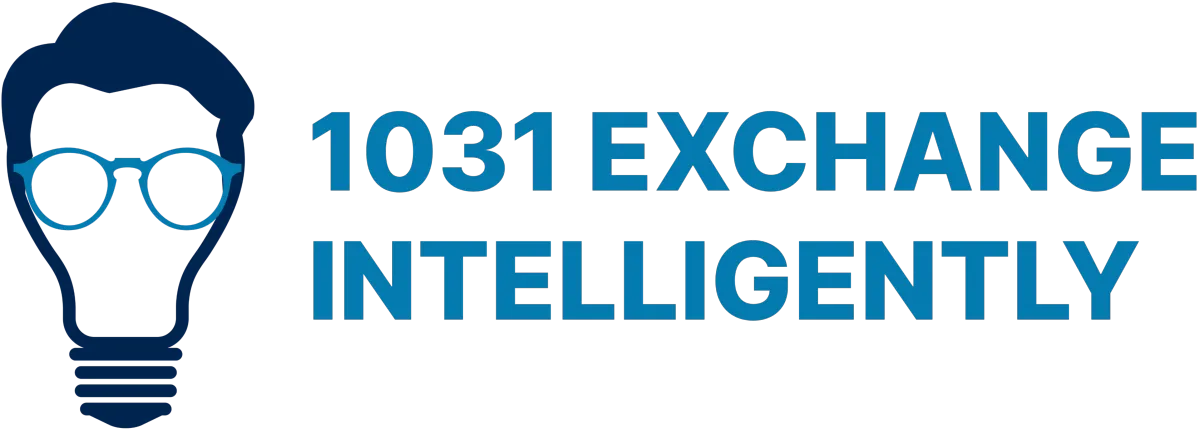Qualified Opportunity Zones:What Investors Need to Know
The Qualified Opportunity Zone (QOZ) program was created in 2017 as part of the Tax Cuts and Jobs Act, with a focus on economically challenged communities and census tracts across the country. Opportunity zones provide an incentive for investors to allocate funds to help spur development and job creation in exchange for a temporary tax deferral and, ultimately, complete tax elimination. Opportunity zones, which were initially based on 2010 census data and remain the same with 2020 census data, are a subset of the country's low-income census tracts and certain adjacent census tracts. Investments in opportunity zones are typically expected to be held for ten years or more and may require further tax advice during the hold period and exit. The opportunity zone program's tax benefits are scheduled to end in December 2047.
Approximately 8,700 Identified Opportunity Zones Nationwide
Defer Taxes on Capital Gains Until 2026
The tax benefits of investing in QOZs may be enticing for those with capital gains. Investors with realized gains must place the realized gains into a qualified opportunity fund within 180 days from the date of the sale or exchange of the appreciated asset. The cost basis of the property is determined to be equal to the fair market value of the date of sale, and no tax is calculated on the appreciation of the asset. The original capital invested in a QOZ (the realized gains) will not be taxed until year-end 2026, or until the fund is sold or exchanged, whichever occurs first. In addition, investors can receive full capital gains tax elimination on the QOZ investment after a 10-year hold.
QOZs are Impactful Investments
QOZs experienced a 16 percent increase in equity raised from December 31, 2021, to March 31, 2022, to $28.37 billion. With approximately 8,700 identified opportunity zones nationwide, a development in a QOZ is meant to produce growth and revive the immediate economy affected. The U.S. Census data and analysis data supports the concept that investments into QOZs would generally expect to deliver new job creation, affordable housing options, and an array of ventures in both rural and urban areas. According to the U.S. Census, the median family income (MFI) for the average opportunity zone is two-thirds the national MFI ($50,000 versus $77,000) with a poverty rate of 26.4 percent, compared to 13.4 percent for the average U.S. census tract. A total of 31.5 million people across the United States live in areas that have been designated as opportunity zones.
Illustration of a QOZ Investment
The following example illustrates an investment realizing capital gains from an asset sale and related tax assumptions when making a QOZ investment. In this example, $1 million in capital gains is realized, and an annualized 8 percent return on the investment is assumed. There is a noticeable difference in the QOZ investment taxes paid as compared to other investments, which speaks to the amount of taxes paid over the term of the new investment and the timing of the tax payments due.
--
Guide was originally published by Inland. For more information, disclosures, and question, please contact Inland.


